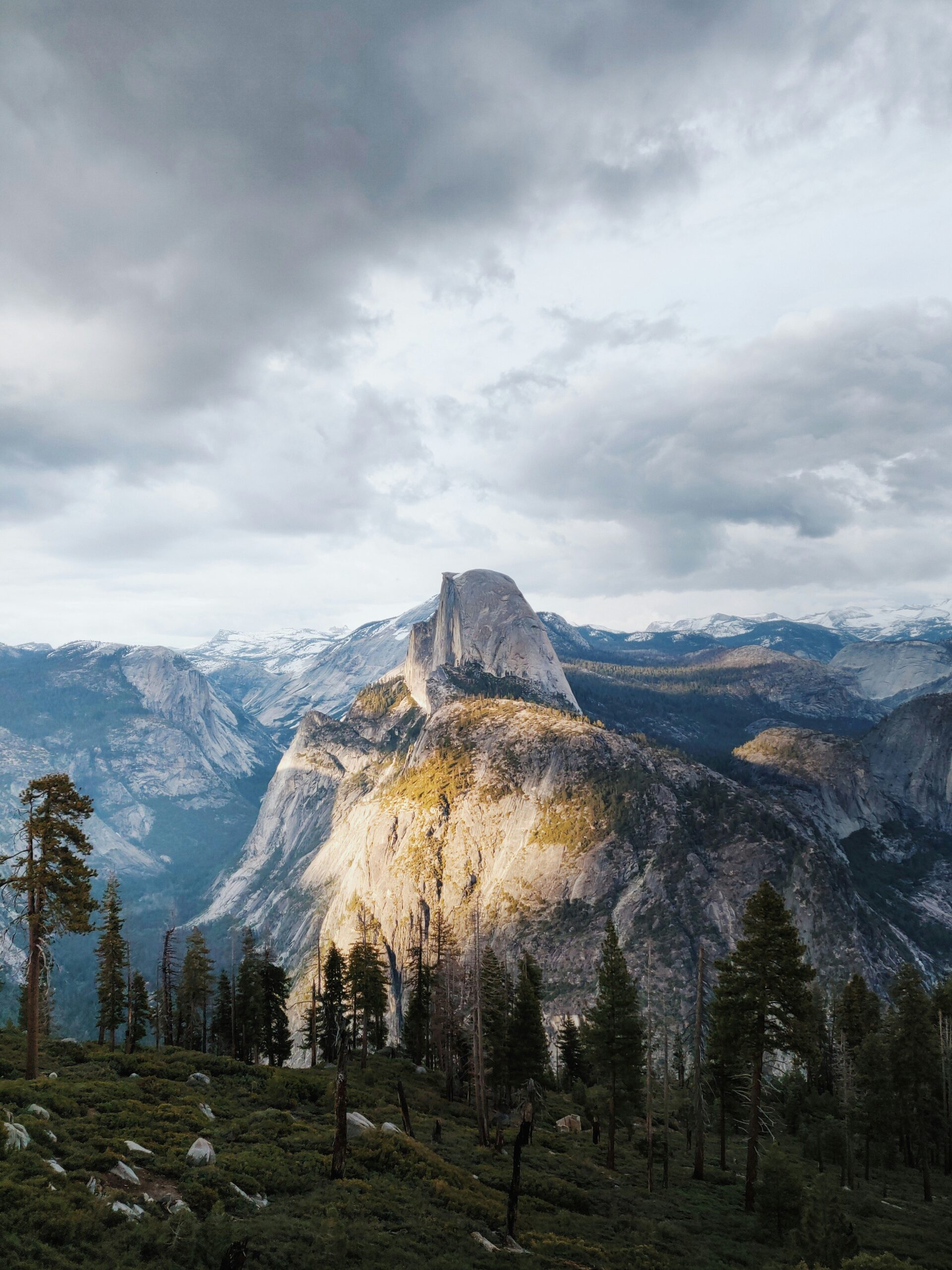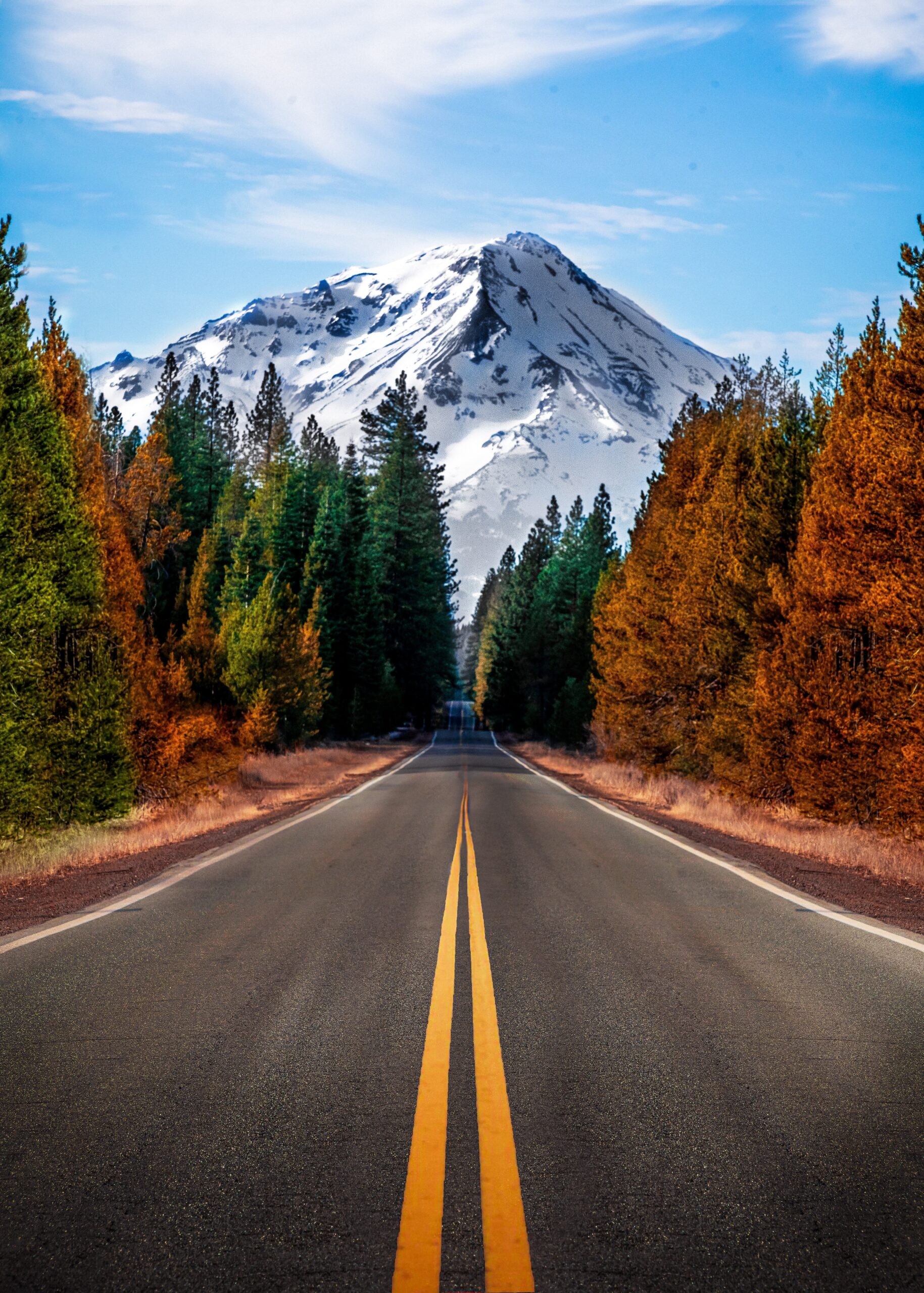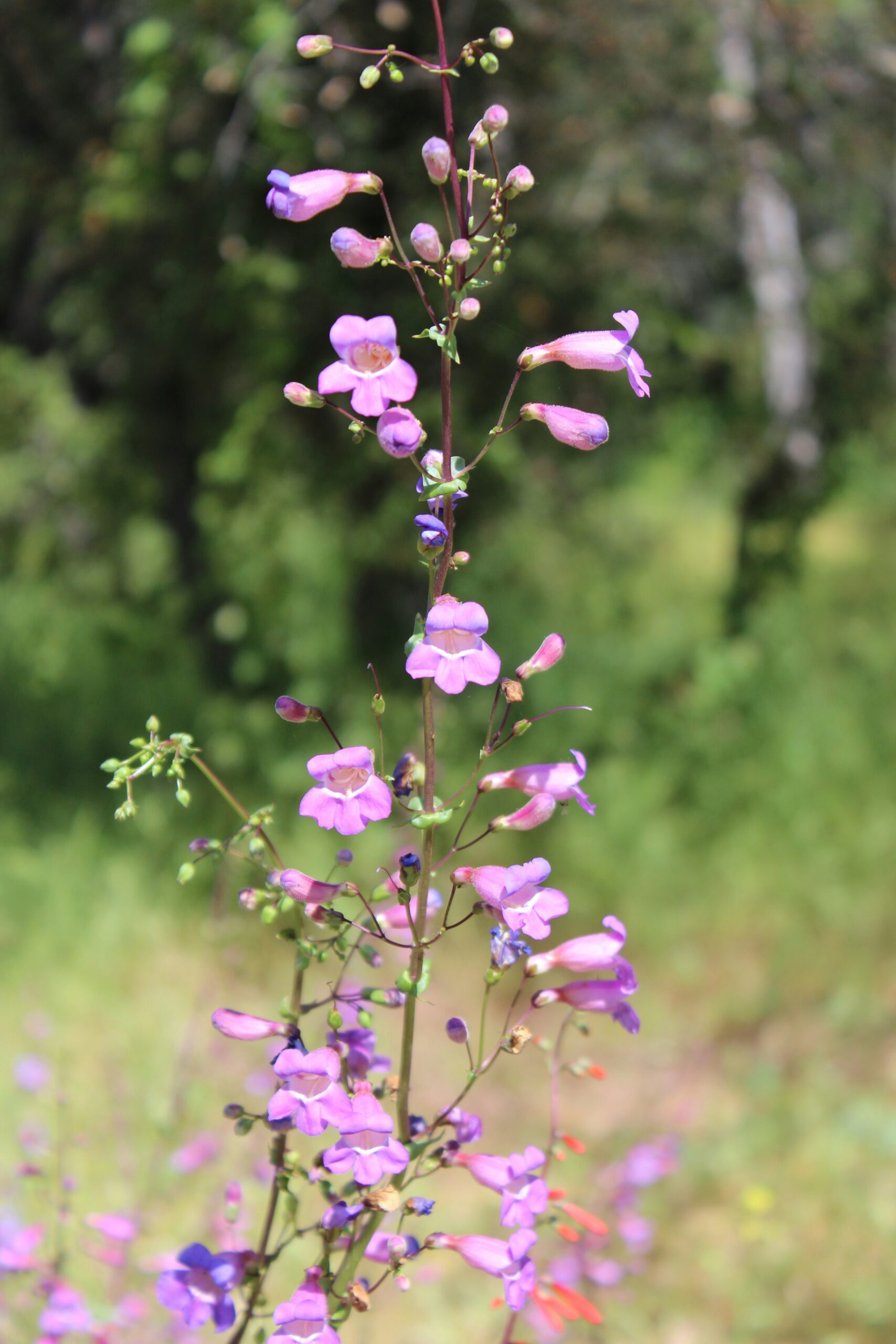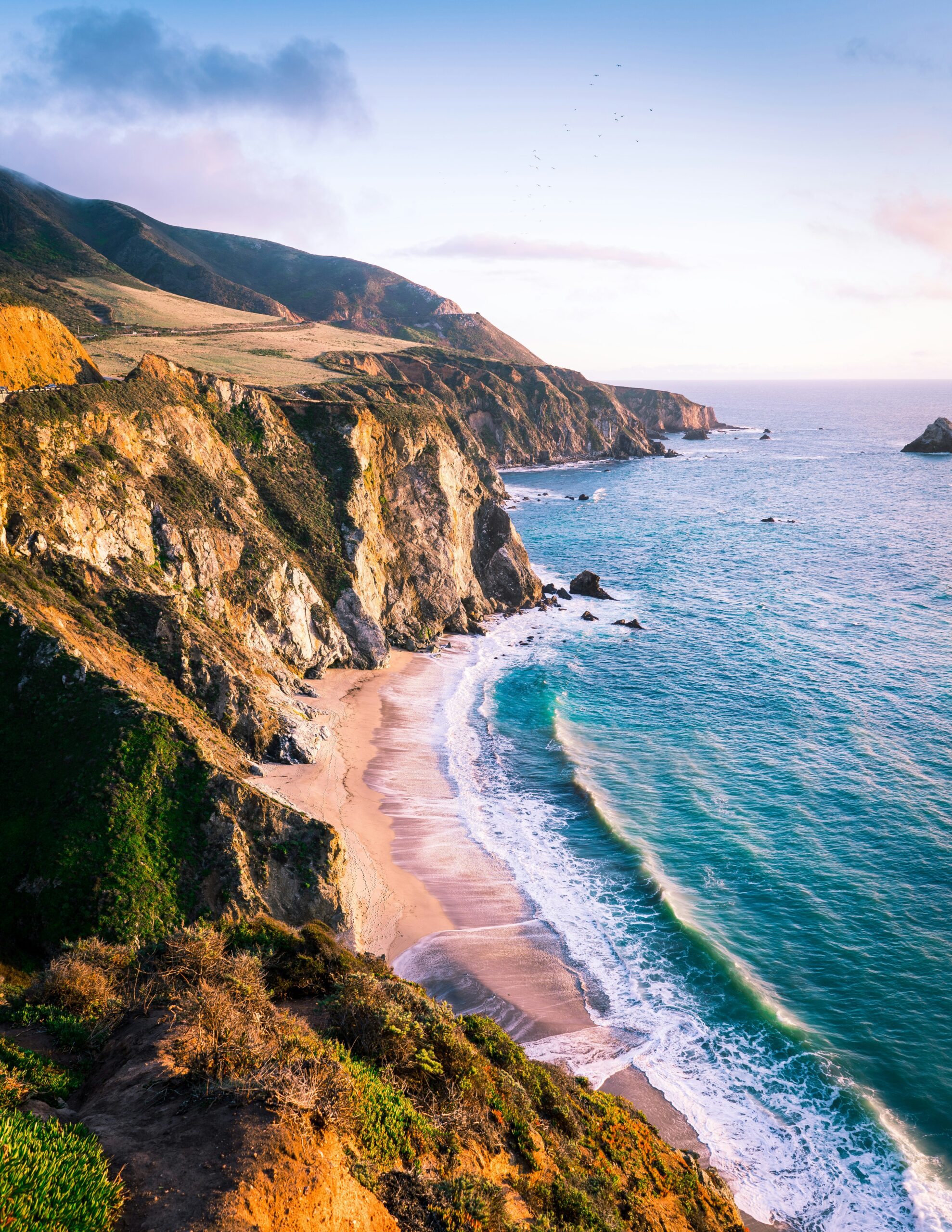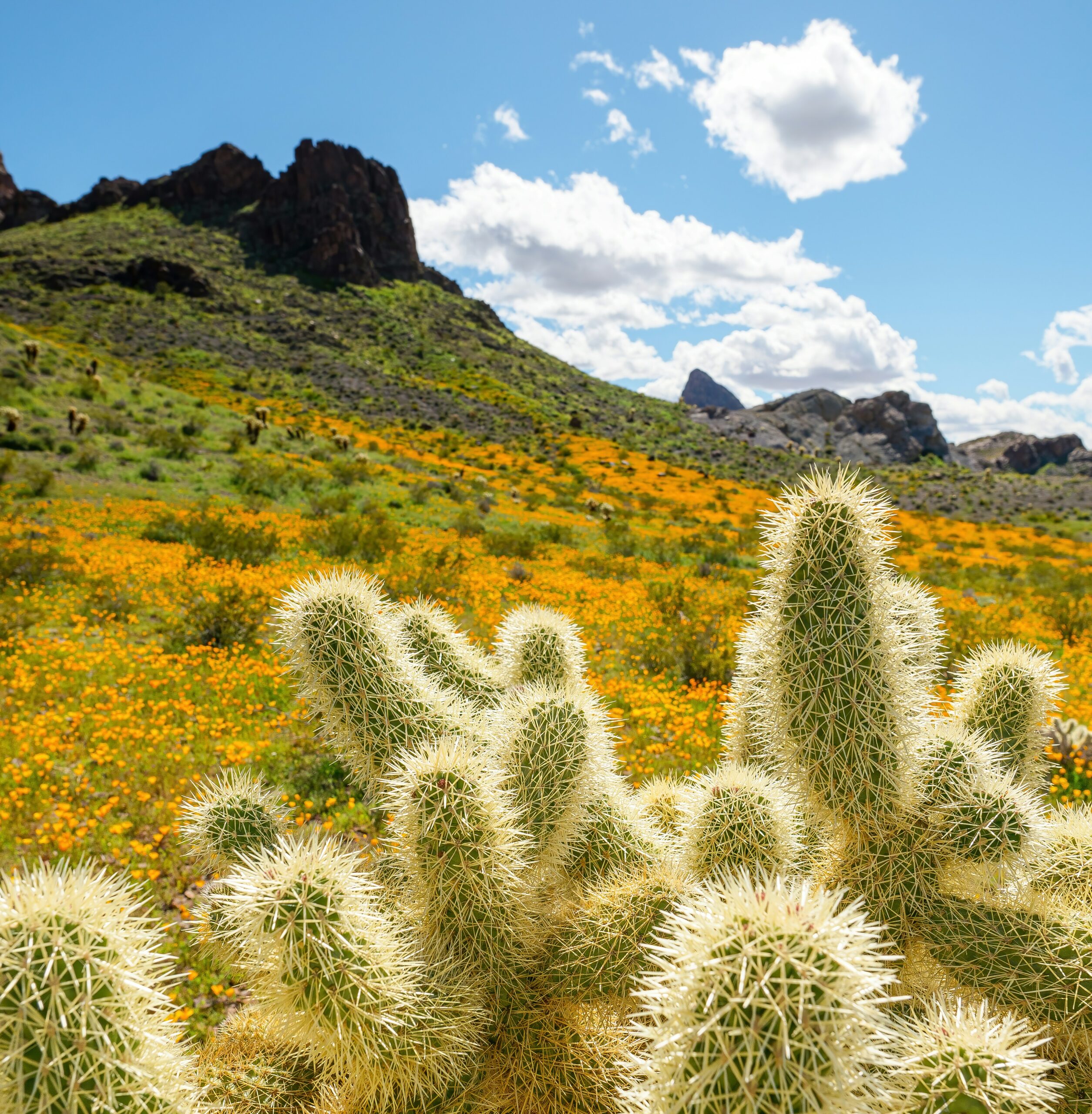10 Reasons Why Spring Is the Best Time to Visit Yosemite: Expert Insights for Your Next Adventure
Spring is widely recognized as the best season for visiting Yosemite National Park due to milder weather, fewer crowds, and stunning natural displays. From vibrant wildflowers blanketing the meadows to waterfalls plunging at their peak, Yosemite in spring is a dynamic and refreshing destination for anyone planning a trip.
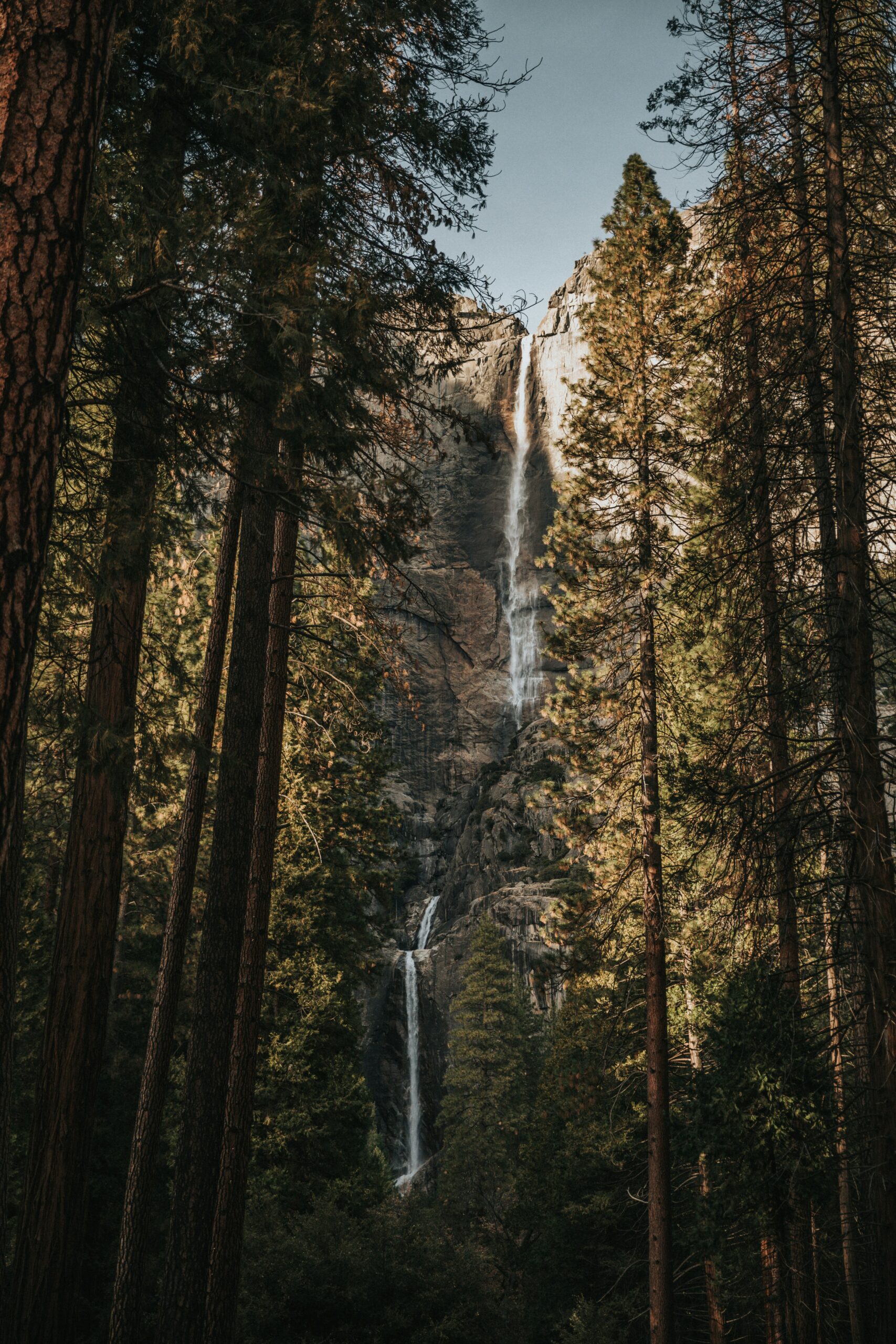
Visitors benefit from uncrowded trails, cooler temperatures ideal for hiking, and the unique opportunity to witness lush, green landscapes. The park’s famous viewpoints and iconic sites often feel more peaceful and accessible at this time of year, providing a more relaxed atmosphere for exploration.
Those considering Yosemite should keep in mind that activities such as biking, golfing, fishing, and walking the meadows are particularly enjoyable in the spring months. For anyone seeking reasons to plan a trip, the natural beauty and tranquility during this season are hard to match, making spring an optimal time to experience all the park has to offer.
10 Reasons Why Spring Is the Best Time to Visit Yosemite: Expert Insights for Your Next Adventure
Spectacular Waterfalls in Full Flow
Spring snowmelt sends Yosemite’s iconic waterfalls thundering over granite cliffs, creating powerful displays seen only at this time of year. Photographers and hikers find trails alive with mist, rainbows, and the sound of rushing water.
Yosemite Falls: Spring’s Majestic Cascade
Yosemite Falls is the tallest waterfall in North America at 2,425 feet. In spring, melting snow from the high country drives the falls to their strongest flows, filling the valley with a distinct roar. The three sections—Upper Fall, Middle Cascades, and Lower Fall—are fully visible, with water spilling in dramatic sheets that are often reduced to a trickle by late summer.
Visitors can walk the easy Lower Yosemite Fall Trail to get close to the base, or hike to viewpoints along the Valley Loop for panoramic shots. In peak runoff, the spray reaches far onto walkways, so rain gear is recommended.
For more details on the timing of the waterfall peak and visitor tips, visit the National Park Service information on Yosemite waterfalls.
Vernal Fall and the Mist Trail Experience
Vernal Fall is famous for its accessibility and the exciting Mist Trail, which follows the Merced River. By late April through June, water surges over its drop, creating plumes of spray that drench hikers. The stone steps can be slippery and the air fills with rainbow-tinged mist, making this one of the most immersive ways to experience a Yosemite waterfall.
The Mist Trail continues past Vernal Fall to Nevada Fall for those seeking a longer adventure. When the spring runoff is heavy, footbridges near Vernal Fall offer views of the roaring cascade, and Mirror Lake along the trail often reaches its largest size, providing unique reflections.
Those interested in wild sights and camera-friendly conditions should use waterproof gear and sturdy shoes on this trail. Crowds are thinner here earlier in the morning.
Brilliant Views at Bridalveil and Horsetail Fall
Bridalveil Fall is a must-see in spring when it flows wide and strong, easily visible from the valley entrance. Its 620-foot cascade sways in the breeze and fills with mist, creating a shimmering effect. The paved trail to the base is short but can be wet and slippery from the spray.
Horsetail Fall is best known for its February “Firefall” event, but spring brings a more consistent and powerful flow. Waterfalls like these are distinctly seasonal, with moderate flows lingering into early summer. Visitors catching sunrise or sunset here may see the falls turn gold or orange in the right light.
Comparing Bridalveil and Horsetail with other valley falls, it’s clear spring provides the most vivid and photogenic landscapes. Those looking for vivid, high-flow experiences will find their best opportunities in May and June, before the summer heat diminishes the spectacle.
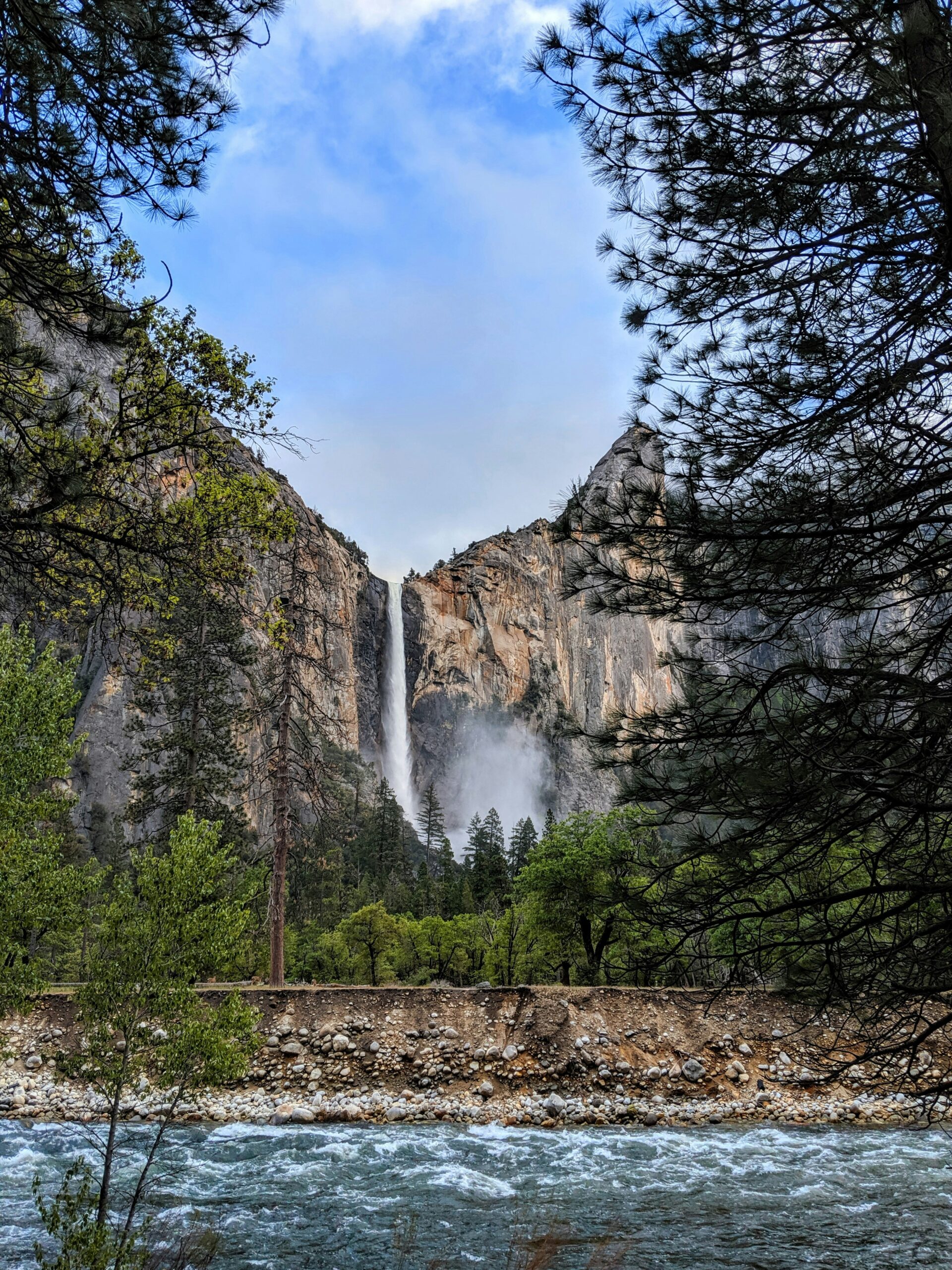
Wildflower Blooms and Vibrant Scenery
Spring in Yosemite brings a vivid transformation, filling the valley and high-country areas with wildflowers and lush greenery. Melting snow feeds streams and meadows, making the landscape particularly colorful and photogenic in these months.
Colorful Displays on Yosemite Valley Trails
Yosemite Valley becomes a showcase for wildflower blooms during mid-spring to early summer. Visitors will find carpets of lupine, poppies, and redbud along popular hiking trails like the Valley Loop Trail. These flowers are especially visible near the Merced River and at the base of towering granite monoliths.
Highlights:
- Mariposa lilies and shooting stars brighten the valley floor
- Columbine and dogwood blossoms dot the shaded woodland areas
- Fragrant meadows appear more vivid after spring rains
The best time to see wildflowers in Yosemite Valley is typically May, though some species bloom into June. With fewer crowds compared to summer, trailheads and paths remain accessible, making it easier for hikers and photographers to enjoy these colorful displays up close.
Exploring the High Sierra’s Spring Flora
As the snow recedes from the High Sierra, unique alpine flowers begin to emerge. The higher elevations, including areas near granite domes and remote meadows, reveal Sierra Nevada species rarely seen in the lower valley.
Short trails leading from high-country trailheads showcase snow plant, mountain violet, and wild onion. These blooms appear in clusters between rocky outcrops and on sunlit slopes.
Areas above Yosemite Valley, such as Tuolumne Meadows, feature an array of colors as spring advances. Some of the finest spring wildflower hikes follow rivers and cascade beside granite formations, where visitors can appreciate the prolific wildflower season in the Sierra.

Ideal Weather for Outdoor Adventure
Spring in Yosemite brings mild temperatures and fewer visitors than the summer. These conditions create a comfortable setting for exploring the park’s extensive network of trails and engaging in popular activities like rock climbing and scenic drives.
Perfect Conditions for Hiking
Many of Yosemite’s hiking trails become accessible again as winter snow melts. Daytime highs often range from the mid-50s to the mid-60s Fahrenheit, allowing for longer outings without the discomfort of summer heat. This is particularly important for routes with elevation gain, such as the renowned Four Mile Trail, which links the valley floor to Glacier Point and offers expansive views of El Capitan and the valley.
Trails through Little Yosemite Valley, as well as to popular destinations like Vernal Fall and Nevada Fall, showcase waterfalls at peak flow during spring. The meadows and forests along these paths are also filled with blooming wildflowers, making each hike a scenic experience. Footpaths are generally less crowded, providing a quieter adventure for those departing from central areas like Curry Village.
Rock Climbing and Scenic Drives
Yosemite is a leading location for rock climbing, with spots like El Capitan drawing climbers from around the world. In spring, cool mornings and moderate afternoons provide favorable conditions for technique and safety, as rock surfaces are less likely to overheat or become dangerously slippery from ice. This period also allows for better planning and longer climbs due to the extended daylight.
Scenic drives—especially along the valley floor—are notable in spring for their access to waterfall views and clear roads. Snow typically lingers only at higher elevations, opening up routes that are often challenging in winter. Travelers benefit from lighter traffic, which makes it easier to stop at viewpoints, photograph the landscape, and witness seasonal highlights like the Bridalveil Fall runoff.
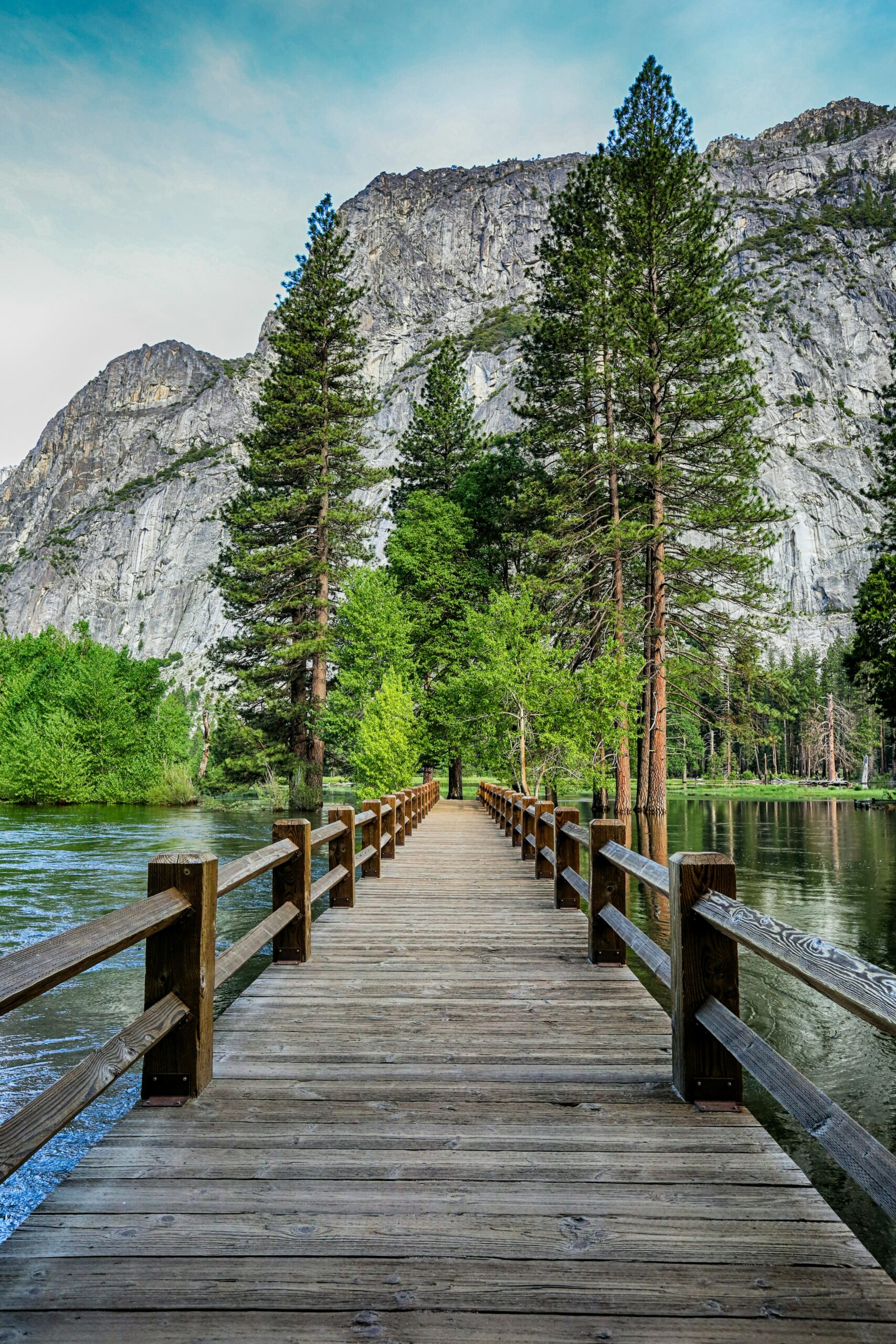
Fewer Crowds and Peaceful Experiences
Spring in Yosemite National Park coincides with the end of winter and before the rush of summer visitors, creating a setting that combines accessibility with a quieter environment. Visitors can encounter iconic landscapes and active wildlife without the interruptions and congestion that are typical during peak months.
Unrivaled Tranquility at Yosemite’s Iconic Views
Key vistas such as Tunnel View and Yosemite Valley become notably more peaceful in spring, with far fewer tour groups and families crowding the overlooks. Early mornings often feature near-empty parking lots and clear access to the most photographed panoramas in the park.
Popular walking trails around the visitor center and the valley floor are less busy, making it easier for individuals and families to take in the scenery at their own pace. This quiet season is ideal for photography, as there are fewer distractions and minimal wait times to set up a tripod.
Visitor services are usually open, but lines and wait times for shuttle buses and facilities are much shorter compared to summer. For anyone planning a trip, this window between winter and the busy months allows for a more relaxed experience and more quality time at each viewpoint. Travelers can soak up the power of the waterfalls and snow-capped peaks without feeling rushed or crowded.
Enhanced Wildlife Watching Opportunities
With fewer vehicles and people, Yosemite animals are more active in the open areas surrounding Yosemite Valley. Spring is also the season when many creatures emerge from winter dens and begin foraging, making wildlife sightings more frequent near rivers, meadows, and forest edges.
Those visiting early in the season often spot mule deer, coyotes, and many species of birds foraging in quieter areas, sometimes even near busy spots like the visitor center. Patience and attentive observation are rewarded, as tranquil trails allow visitors to listen for the rustle of wildlife or spot tracks in the dew-covered grass.
Less foot traffic makes wildlife less wary, which provides more authentic viewing from a safe distance. This is especially true in the cool, early mornings or evening hours when the park's natural residents are most active.
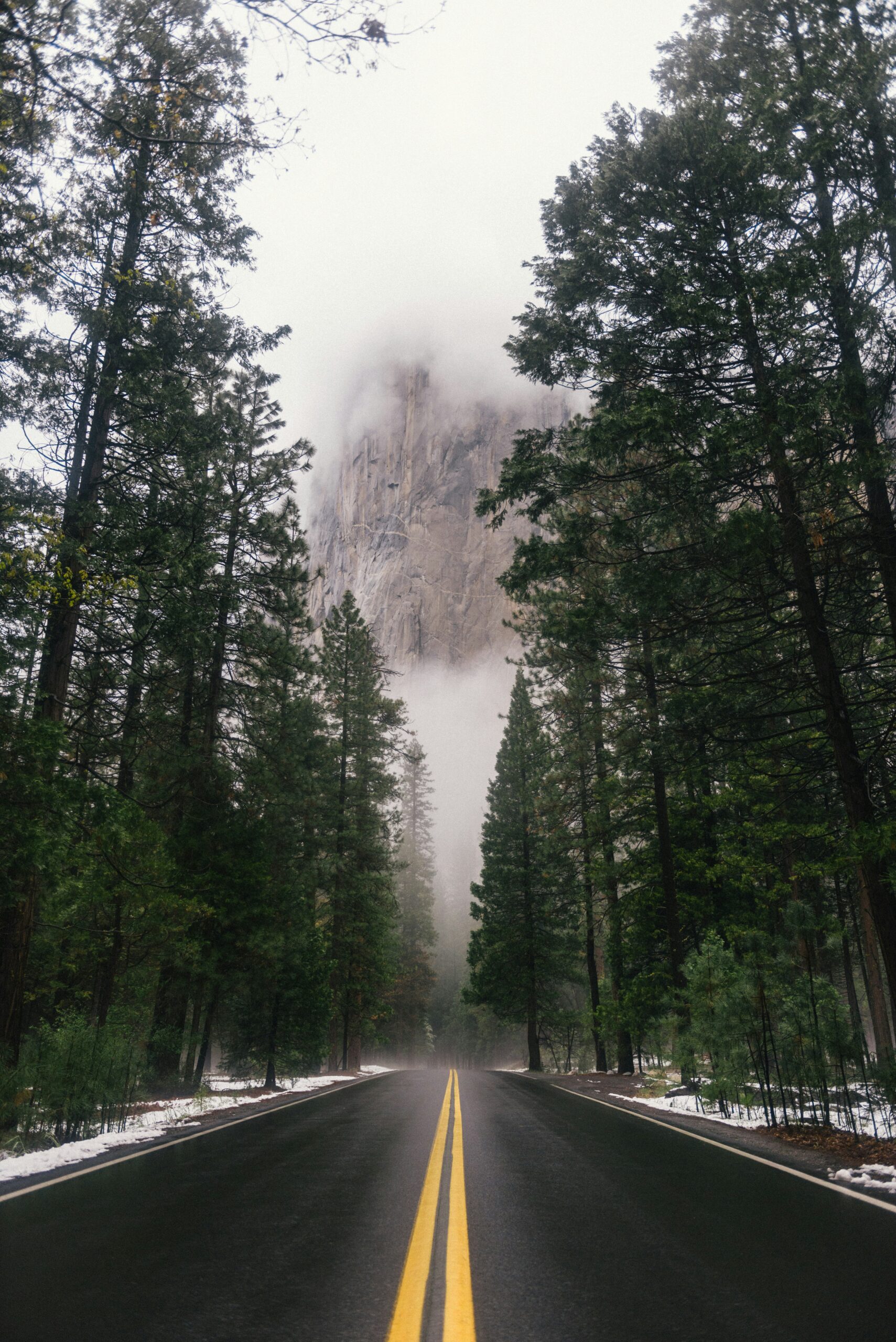
Unique Seasonal Attractions
Spring brings special events and scenic accessibility that make the season stand out in Yosemite. Visitors will discover unique opportunities at iconic Yosemite locations as well as changing access to famous viewpoints.
Spring-Exclusive Events at Ahwahnee and Curry Village
Spring is marked by distinct events at two of Yosemite's best-known resorts: The Ahwahnee and Curry Village. The Ahwahnee often features culinary events such as seasonal brunches or wine tastings in its historic dining room. These gatherings make use of fresh local ingredients and highlight regional cuisine.
Curry Village, known for its rustic charm, hosts outdoor movie nights and educational talks during spring. Families can attend ranger-led campfire programs involving storytelling and Yosemite history sessions. These programs are designed to be both entertaining and informative for all ages.
Nearby, the visitor center serves as a hub for seasonal activity schedules, helping travelers plan around these limited-time experiences. The combination of exclusive events and accessible services provides visitors with more than just the typical park visit.
Access to Glacier Point Reopening
One of the highlights of spring in Yosemite is the reopening of Glacier Point Road. This access allows visitors to reach Glacier Point, which offers panoramic views of Half Dome, Yosemite Valley, and the High Sierra. The timing of the road reopening depends on winter snowfall, but it often occurs in late spring.
Once accessible, Glacier Point becomes the starting point for popular hiking trails, including the Panorama Trail and Four-Mile Trail. Early season access often means fewer crowds and a better chance to experience wildflower blooms along the route.
Travelers can check in at the visitor center for the latest road status before heading to this scenic overlook. Experiencing Glacier Point when it first becomes available provides clear views and photo opportunities that are rarely matched during busier months.

Giant Sequoias and Mariposa Grove Wonders
Visitors in spring encounter uncrowded trails among the world’s largest trees and witness the rejuvenation of Mariposa Grove. Moderate temperatures enhance exploration of areas like Crane Flat, where ancient sequoias stand amid blooming wildflowers.
Springtime Serenity Among the Giants
Mariposa Grove’s trails reopen in spring, allowing access by foot or shuttle after seasonal road closures. The atmosphere remains tranquil, with fewer hikers compared to summer months, enabling peaceful encounters beneath towering giant sequoias.
Notable highlights:
- Grizzly Giant: This ancient tree, estimated to be over 1,800 years old, becomes even more impressive when seen with new ferns and shoots emerging at its base.
- Bachelor and Three Graces: These iconic sequoias highlight the biodiversity of the area as spring brings meadows to life.
Nearby, Crane Flat offers additional stands of giant sequoias and views of the granite dome landscape unique to Yosemite. The combination of minimal crowds, vibrant growth, and mild weather creates an ideal setting for photography or reflective walks among enduring trees.

Adventure Along Iconic Trails
Spring in Yosemite offers optimal hiking conditions, crystal-clear rivers, and dramatic waterfalls at their peak. Trails are accessible and less crowded, making it easier to experience renowned vistas and natural wonders in comfort.
John Muir Trail and Four Mile Trail Highlights
The John Muir Trail follows a world-class route through Yosemite, allowing hikers to witness blooming wildflowers, snowmelt-fed streams, and the massive face of Half Dome. In spring, cooler temperatures prevent overheating, and runoff from melting snow enhances the flow over dramatic points like Nevada Fall.
The Four Mile Trail ascends from Yosemite Valley to Glacier Point, presenting panoramic views of Yosemite Falls, Clouds Rest, and El Capitan. This path is open by mid- to late-spring, making it a highlight for those wanting a challenging climb paired with rewarding vistas. Expect to see Yosemite Falls roaring at full strength during this season.
Key Highlights Table:
| Trail | Main Attractions | Spring Benefits |
|---|---|---|
| John Muir | Nevada Fall, wildflowers | Peak water flow |
| Four Mile | Yosemite Falls, Glacier Point | Cooler temps, clear skies |
Exploring the Merced River and Tenaya Canyon
The Merced River is at its most impressive in spring, swollen by snowmelt and lined with carpets of wildflowers. Walking the trails along its banks offers easy access to serene moments and lively rapids. The river is ideal for casual strolls and photography, especially near Sentinel Bridge and the meadows.
Tenaya Canyon delivers adventure and dramatic scenery, with boulder-strewn passages and shimmering pools. Hikers experience greater solitude here, as melting snow feeds smaller waterfalls and cascades down the granite walls. Lower Yosemite Falls, near the canyon’s mouth, can be reached via a short, popular trail, rewarding visitors with mist-filled air and thundering water.
Comparing Spring to Other Seasons
Spring in Yosemite offers a rare combination of abundant waterfalls, mild weather, and fewer visitors. While other seasons have their strengths, distinct differences set spring apart, especially when comparing activities, access, and crowd levels.
Spring vs. Winter in Yosemite
Winter in Yosemite is often marked by snow-covered landscapes, icy roads, and limited accessibility. While Badger Pass Ski Area is open for those interested in skiing and snowboarding, major areas like Glacier Point Road and Tioga Pass remain closed to vehicles.
Spring brings open roads and trail access, allowing visitors to explore the full valley and higher elevations. Waterfalls reach their peak flows as snow melts, creating impressive views not usually seen in the colder months.
Wildflowers start covering the meadows by late April, adding color that's rarely found in winter. Hiking opportunities expand significantly, with more trails becoming snow-free and accessible to a variety of skill levels.
Why Spring Outshines Summer Crowds
Summer is Yosemite's busiest season, and the valley can become heavily congested. Parking lots fill early in the day, and popular trails often feel packed.
Spring offers a more relaxed visit. Crowds are lighter, making it easier to find parking and enjoy iconic sites like Yosemite Falls, Bridalveil Fall, and El Capitan. Photo opportunities are better since fewer people block the views.
Temperatures in spring average between 50°F and 70°F, making outdoor activities more comfortable compared to the sometimes scorching summer days. It's also less challenging to secure campground spots and lodging during April and May, allowing a more spontaneous trip.
Yosemite in Spring vs. Yellowstone and Other National Parks
Yosemite stands out from other national parks like Yellowstone in spring, mainly due to weather and accessibility. Yellowstone may still have closures from lingering snow, limiting access to major sites and wildlife viewing.
In northern California, milder spring weather means Yosemite visitors can experience most trails, waterfalls, and scenic drives without winter's hazards. Unlike some parks where spring is unpredictable or muddy, Yosemite’s spring conditions are more inviting, with full rivers and vibrant wildflowers.
Other parks may not showcase waterfalls at their peak like Yosemite does in spring. For visitors comparing Yosemite to other destinations, spring offers some of the most picturesque scenery and a wider range of accessible activities.

